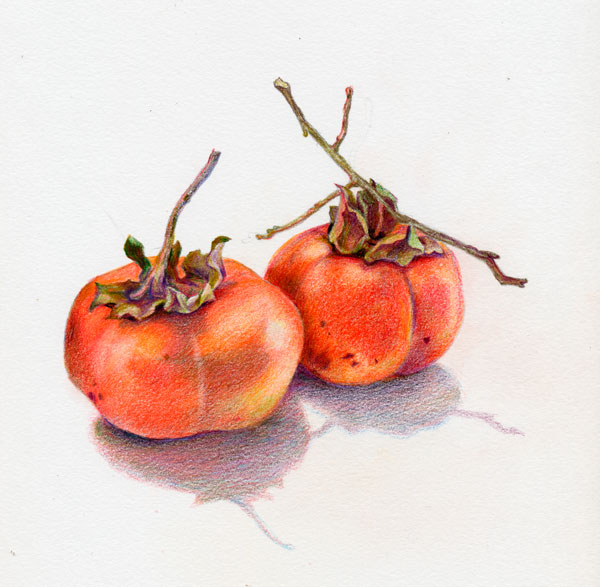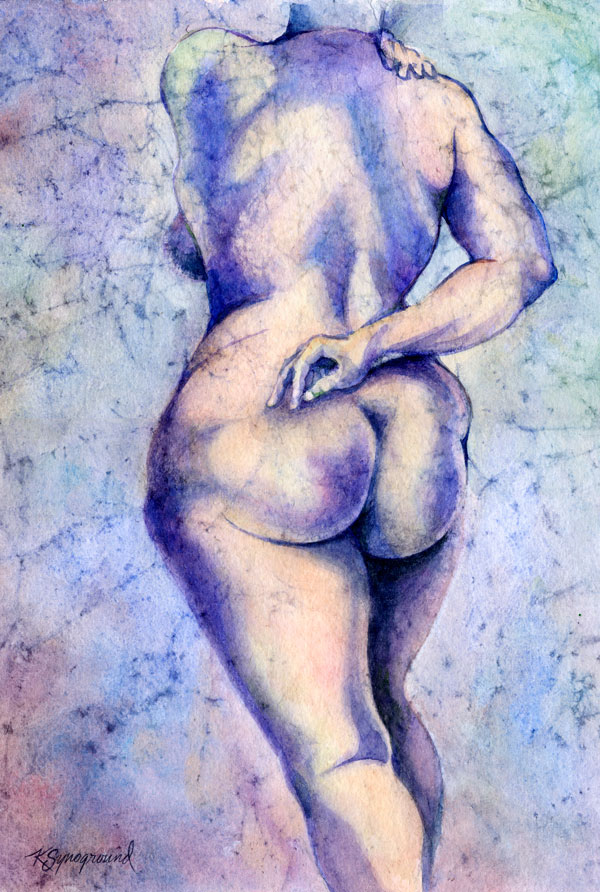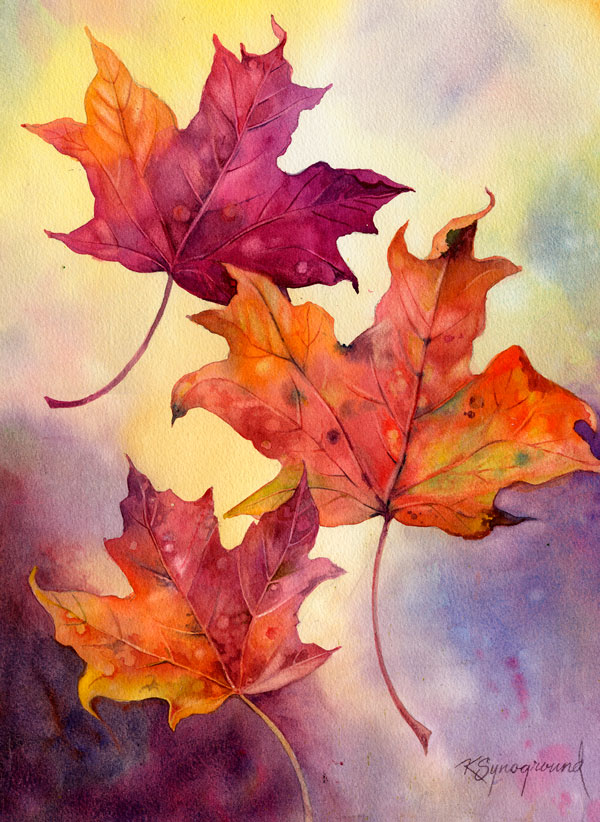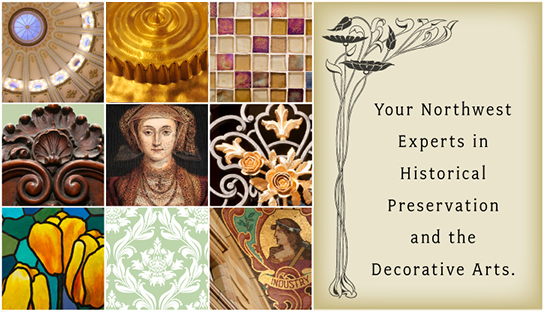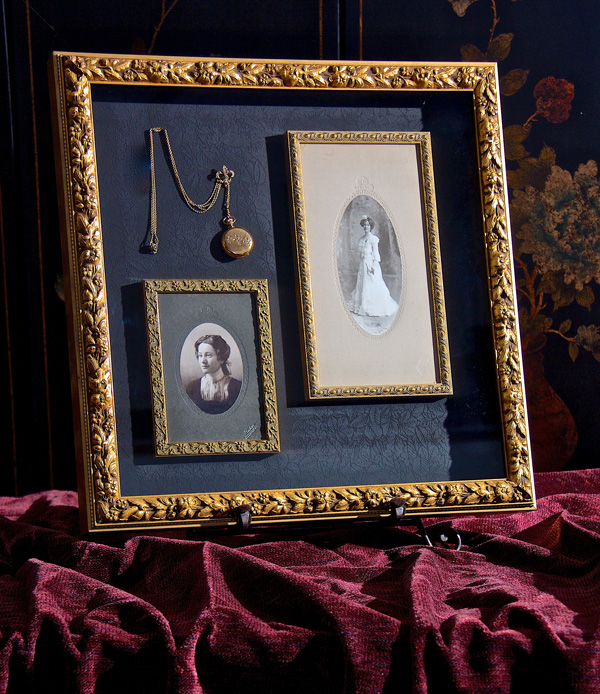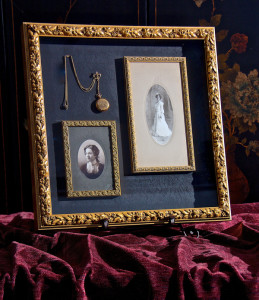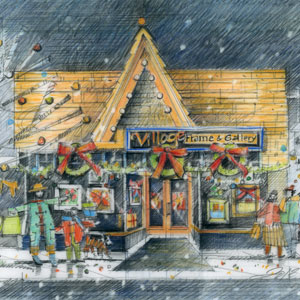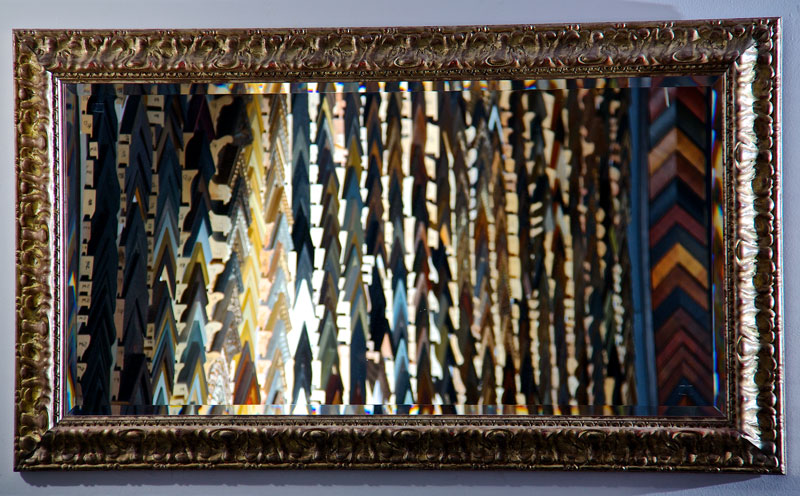Are textiles your chosen art medium? Or do you have heirloom pieces handed down from your grandmother? Here are four reasons you should be working with a professional framer:
To Preserve Your Fiber Arts for Future Generations
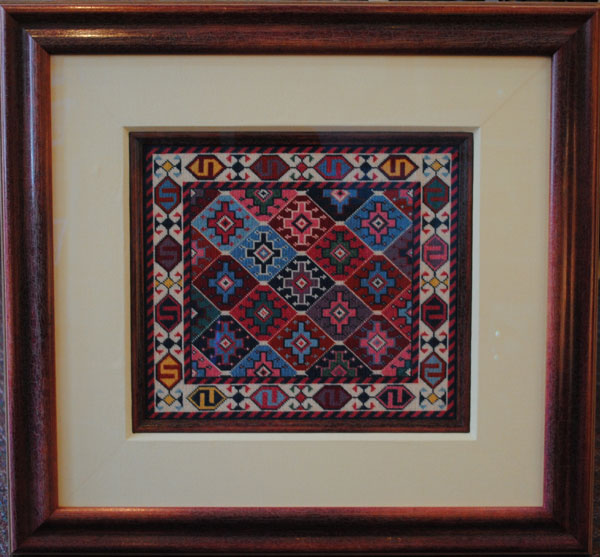
Any needlepoint, quilt, or textile piece created today has the potential of becoming a treasured heirloom in the future. When you want a handcrafted keepsake to take its proper place in your family history, it is important to consult a professional. Seek a business that is knowledgeable about the specific care and requirements for preserving, repairing, and displaying textiles. From framing and mounting, to the location and method of display, every textile piece deserves the same time and care that went into creating it.
Textiles Require Special Framing Materials and Techniques
When it comes to choosing appropriate framing materials, special consideration must be given to the textile itself: the materials, weight, size, age, and general structure of the piece. Also, you must evaluate where the framed art will hang, including room environment, light exposure, and temperature fluctuations.
Skillfully framing needlework requires correctly blocking the piece and securing it with lacing, never adhesive, so it is flat, secure, and square. Glazing is highly recommended to prevent fading of fibers. In addition, adequate space must be created between the textile and glazing for ventilation. The art must always have room to breathe!
Time and the Environment are Not on Your Side
 Natural fibers enhance the beauty of textile pieces, but are particularly delicate and perishable. Organic fibers, such as cotton canvas, silk thread, and wool yarn, need special care to ensure their longevity. Ultraviolet rays from both sunlight and artificial lighting can weaken fibers and fade fabric dyes. Fibers can also be dust magnets. That’s a great quality in a dusting cloth, but not for your precious textile art.
Natural fibers enhance the beauty of textile pieces, but are particularly delicate and perishable. Organic fibers, such as cotton canvas, silk thread, and wool yarn, need special care to ensure their longevity. Ultraviolet rays from both sunlight and artificial lighting can weaken fibers and fade fabric dyes. Fibers can also be dust magnets. That’s a great quality in a dusting cloth, but not for your precious textile art.
Framing provides textiles with physical protection from dust, pollutants, accidental soiling, and direct handling. Quality design will also enhance their appearance.
Previously Framed or Stored Textiles are Already in Trouble
Most embroideries, lace, and even small quilts, can be safely framed. However, problems can occur with textiles that have been glued to acidic paper, mat board, and cardboard. Items that have been in storage may also develop issues. Cloth kept in plastic or folded in the bottom of a trunk may have spots of decay, especially along the folds.
Textiles that have mold, stains, broken fibers, rips and tears, or insects, have special issues that should be referred to a professional conservator prior to framing.
Village Frame & Gallery is Portland’s Trusted Resource for Textile Framing
To preserve needlework, your great-grandmother’s wedding veil, or any precious textile, bring it to Village Frame & Gallery for an expert consultation. We will help you preserve and proudly display your priceless keepsakes to their best advantage.
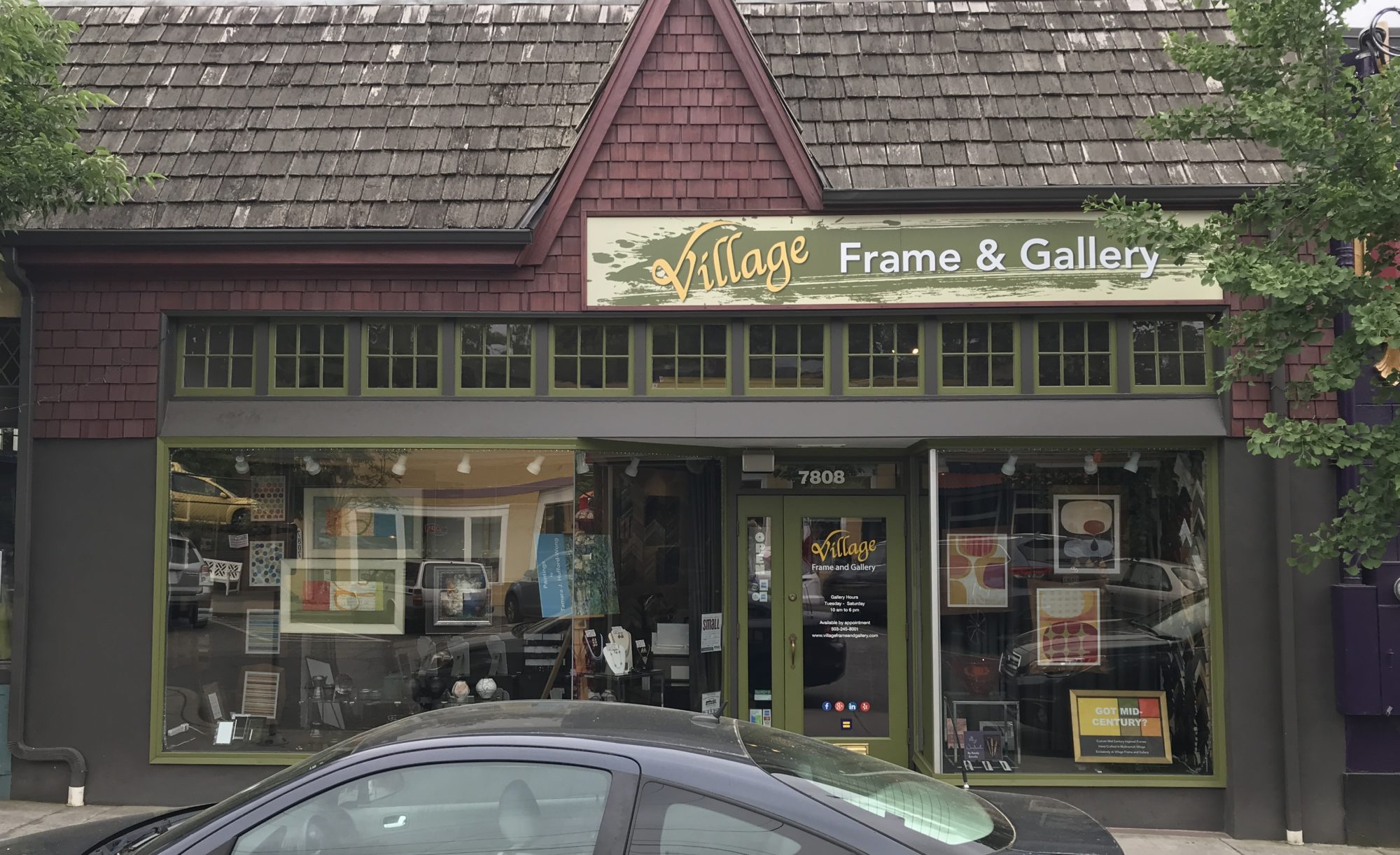
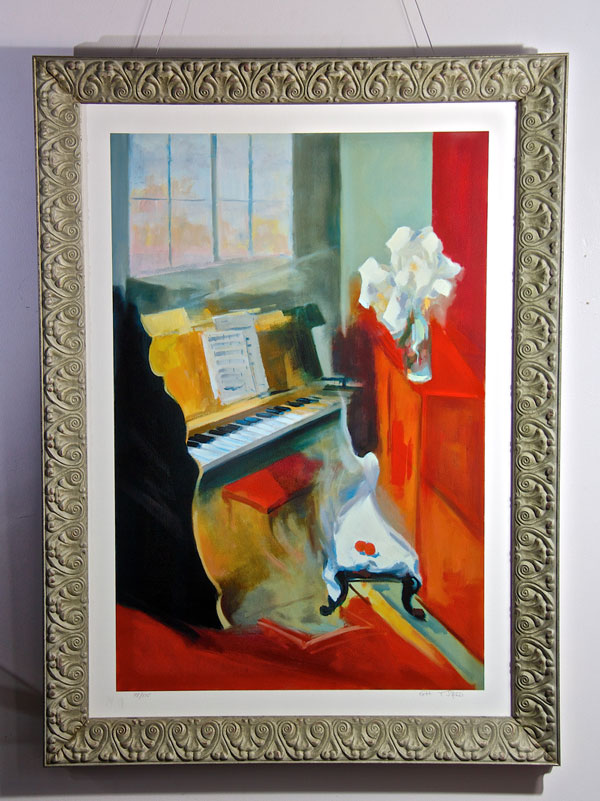
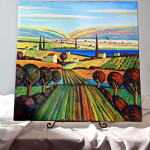


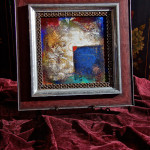
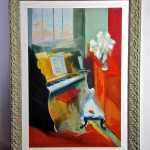
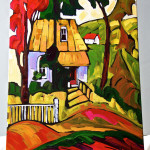
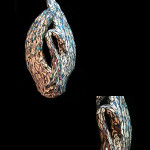


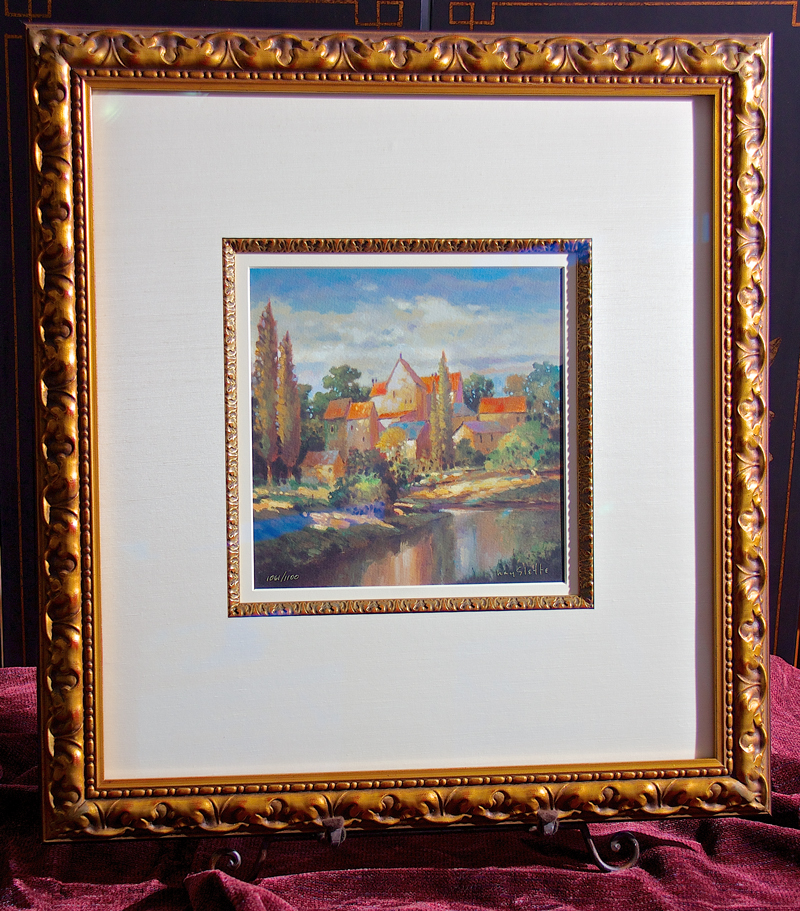
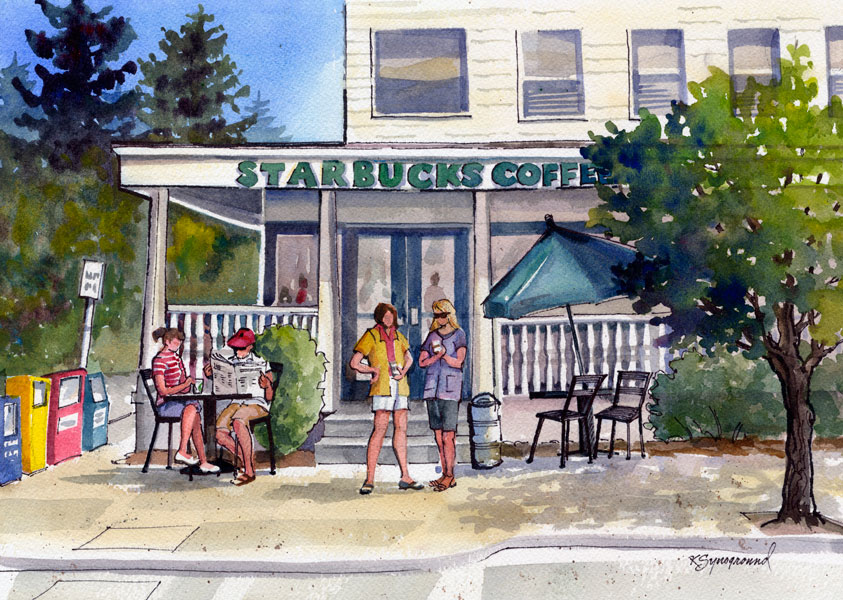
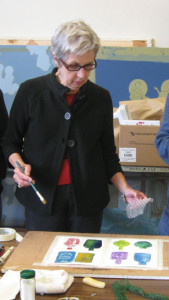 I am pleased and honored to be the latest Featured Artist at Village Frame and Gallery!
I am pleased and honored to be the latest Featured Artist at Village Frame and Gallery!